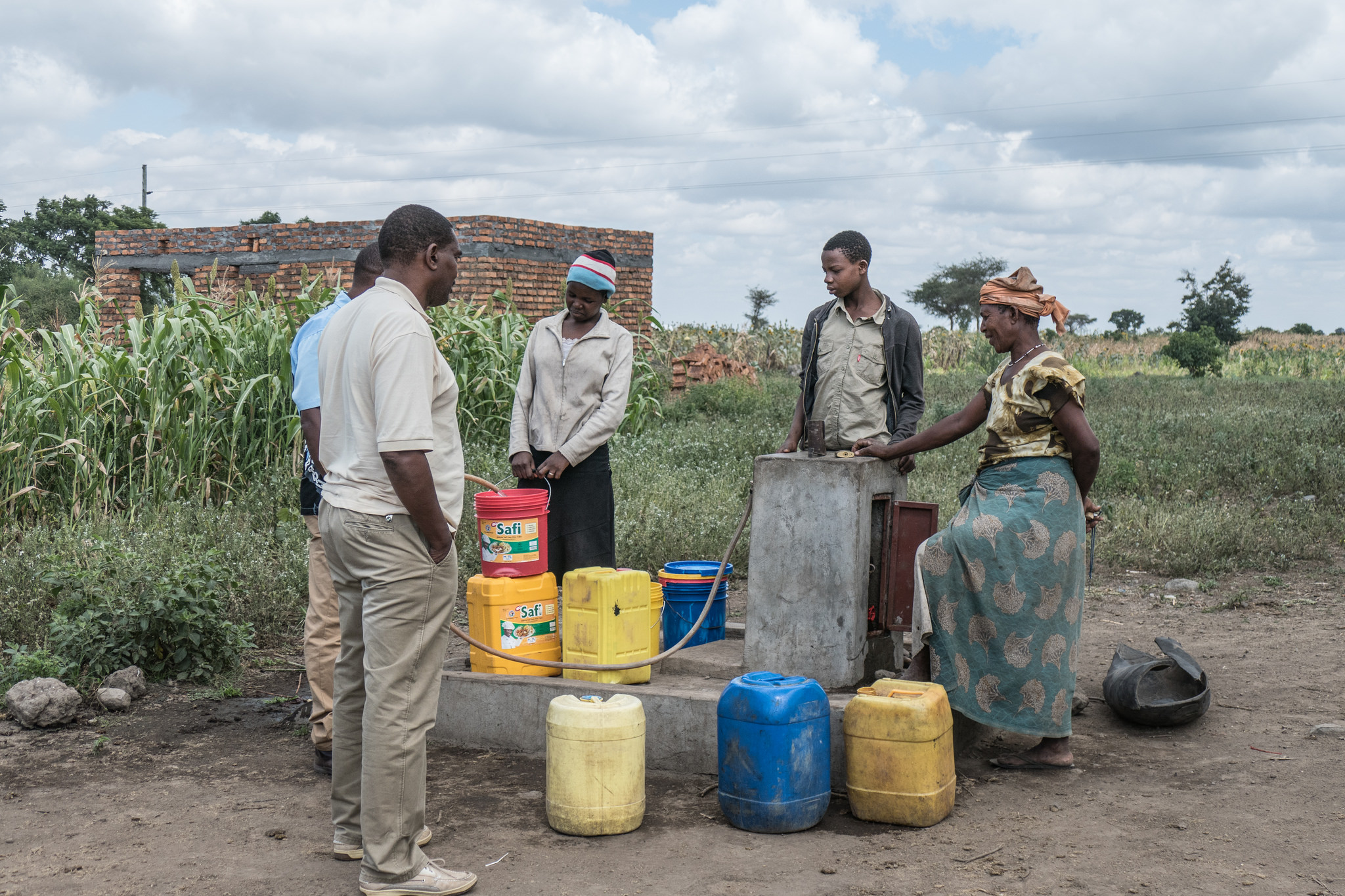“I would spend up to three hours per day just collecting water. Now I can walk a minute and get clean water,” says Roda Hagali, who lives in a small Tanzanian village.
In Tanzania and across the developing world, access to clean water is a serious problem, costing hours of human effort every day and keeping prosperity out of reach for many people. March 22 is World Water Day, and this year there is real hope that we can increase access to clean water and reduce waste. In many cases that hope comes from the screen of a smartphone.
Many of the most exciting improvements are occurring in Africa.
In Tanzania, even when water pipes are installed, they are often poorly maintained due to corruption and the challenging problem of collecting fees to maintain the system. According to Alex Burton of eWaterPay, about 40 percent of water pumps are broken just 18 months after they are installed.
eWaterPay is helping solve this problem. By installing payment systems at water pumps, collecting money becomes easier and more consistent. More than 90 percent of Africans have access to a mobile phone and the eWaterPay system allows people to pay from their phone, using an electronic tag that opens the faucet. The result is a win-win for users and for water system managers.
Alex Burton, CEO of eWaterPay, told me water managers see revenue increase by 340 percent. Additionally, water is now available 24 hours a day, and breakdowns are fixed quickly. “When there is a fault, there is an SMS message sent to the technician,” says Burton. “Faults have gone down from weeks to hours.” With eWaterPay money is made available for repairs, and managers have a strong incentive to keep their water customers happy.
The United States is not immune to similar problems. A study from researchers at Michigan State University warned that as demand for water increases, the number of people facing unaffordable water bills could triple. One problem is that households lose about 10 percent of water to costly leaks.
That fact spurred one person to act. “My first reaction was righteous indignation,” says Kerri Waters, who helped invent Buoy, a small attachment to a water pipe that tracks water use. She had lamented that she was “taking shorter showers, which is pleasure in my day,” rather than focusing on the more serious problem of waste caused by leaks.
With Buoy, consumers can track usage from their smartphones and quickly identify leaks and the most significant sources of water use. “When I realized how well I was doing on water use overall, my overall water use was so efficient that I stopped feeling guilty about that long shower in the morning,” she said.
Consumers can track usage from their smartphones and quickly identify leaks and the most significant sources of water use.
Buoy can also shut off your water immediately with a click from your phone in the case of a catastrophic water leak. Insurance companies pay about $10 billion a year in claims due to water damage caused by leaks. Buoy identifies leaks and allows users to stop them in under a minute.
These tools are starting to catch on. The water district in my hometown of Sammamish, Washington, is creating an app that allows users to track water use and costs from their smartphones. Some utilities in California, where water is often scarce due to drought conditions, are doing the same thing.
Marriott hotels are also using market-based incentives—albeit without the smartphone—to save water. They offer Starwood points to guests who forego having their rooms cleaned and sheets replaced every day. The Make a Green Choice program notes that skipping a day of room cleaning saves 37.2 gallons of water.
The beauty of these solutions is that they are not mandated or subject to the whims of politics. People with smartphones can access tools that make water more available, cut costs, and reduce waste—and in the process, they help dramatically reducing the transaction costs of information and coordination, opening new opportunities to conserve resources.
World Water Day is a chance to marvel at that reality, and at the opportunities now available from California to Tanzania.




